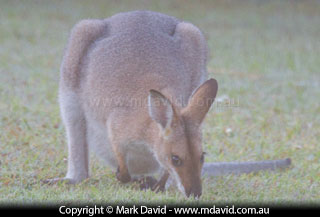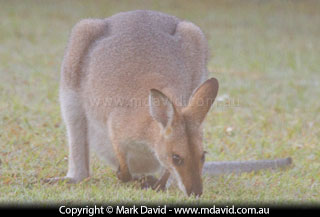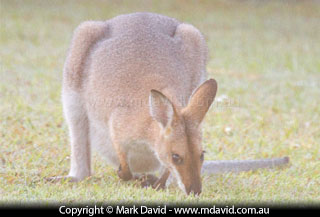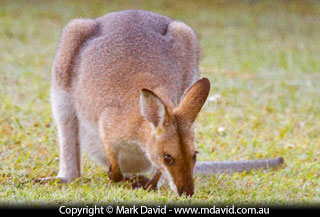
Sometimes the best things happen outside when you’re on the inside. So you might find yourself taking photos through a glass window. If that glass is dirty and the light outside is poor then your camera will struggle to get good, clean, high contrast images. But if you work in RAW mode then you’re in luck.
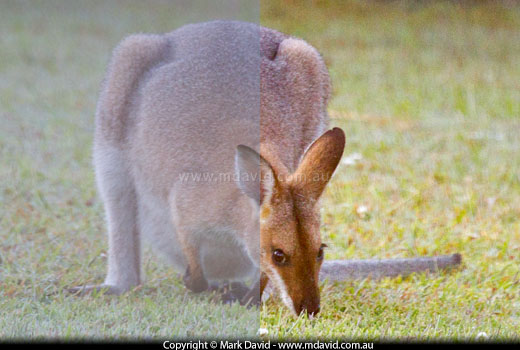
On the left, the image is tinted a bit blue and the dirty glass has stripped out all the contrast. On the right the image has been improved in the RAW editor.
